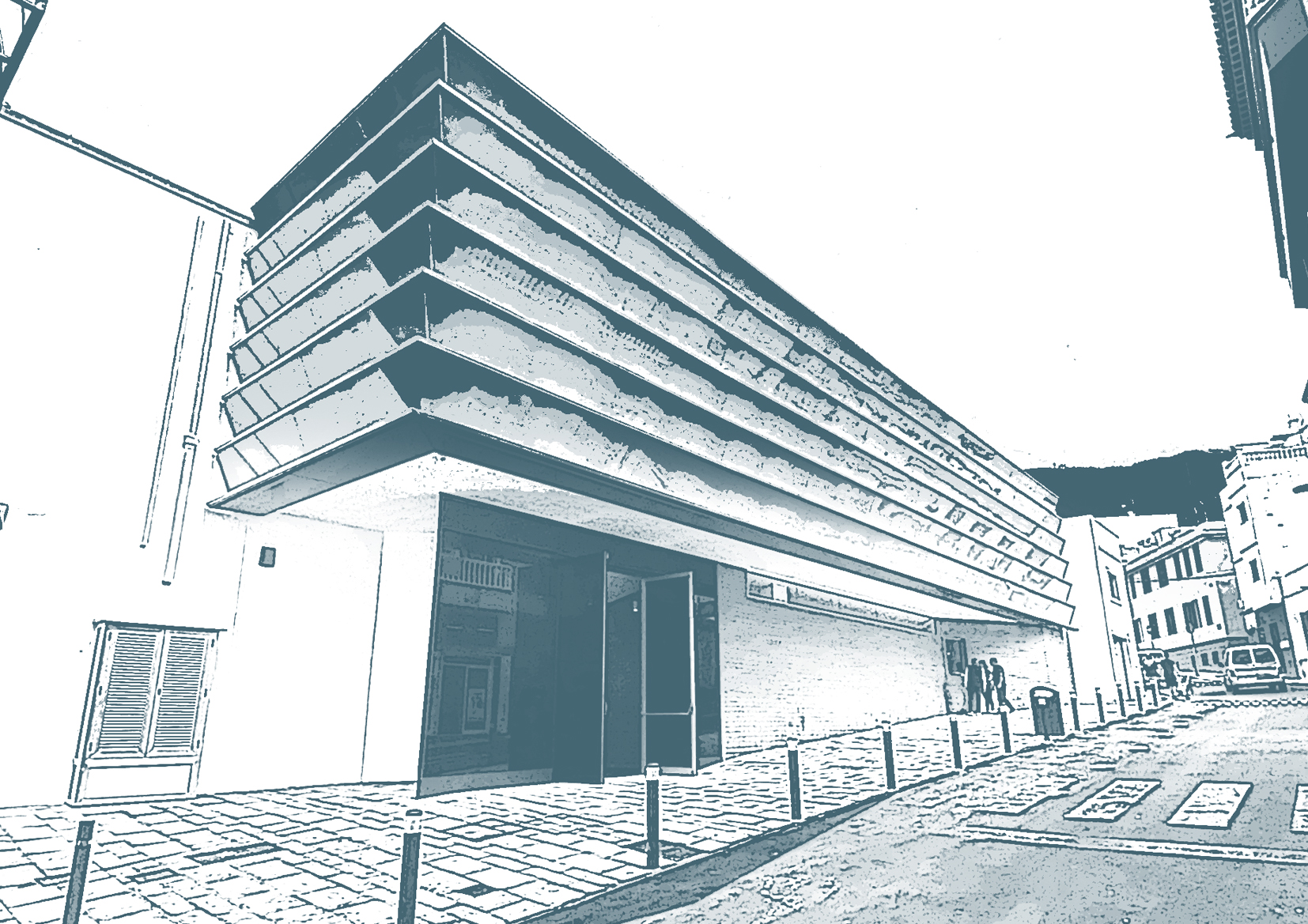The second piece, Messa a quattro voci con orchestra, in a chamber orchestra version by Ingo Schulz, is more commonly known as the Messa di Gloria in A major for orchestra, four-part choir, and tenor and baritone soloists. Composed by the renowned Italian composer Giacomo Puccini (1858-1924), this piece was written in 1880 as a graduation exercise at the Istituto Musicale Pacini in Lucca, Italy. Considered a significant work in his repertoire, it showcases Puccini’s early talent and foreshadows his mature operatic style.
From a young age, Giacomo Puccini was trained as a chorister and organist, gaining recognition as a great improviser. He soon developed a keen interest in composition, marking the beginning of a new era influenced by the operatic styles of Verdi and Rossini. This influence can be observed in the solo passages such as Gratias and Et incarnatus (tenor), Crucifixus and Benedictus (baritone), as well as the joint interpretation in Agnus Dei. Moreover, the beauty of the Kyrie, along with the fugal passages in Cum Sancto Spirito and Et vitam, immerses us in a spiritual soundscape, enriched by lyrical melodies, harmonic depth, and the dramatic intensity characteristic of Puccini’s style.
It is worth noting that, although the premiere of the complete work took place on July 12, 1880, the Credo section was conceived, composed, and publicly presented in 1878 as an independent piece. The full work was not performed again until 1952 in Chicago, followed by another performance in Naples.
With this composition, based on the traditional Latin Mass (Kyrie, Gloria, Credo, Sanctus, Benedictus, and Agnus Dei), Puccini elevates the genre to operatic heights, incorporating excerpts into his later operas, such as the Kyrie in Acts I and II of Edgar and the Agnus Dei, which was transformed into the madrigal Sulla vetta tu del monte in Act II of Manon Lescaut.
Tomás Marco (1942)
Statim gallus cantavit*
Giacomo Puccini (1858 – 1924)
Messa di Gloria
versión para coro, solistas y orquesta de cámara (Ingo Schulz)
Kyrie Gloria Credo
Sanctus y Benedictus
Agnus Dei
*Commissioned by FMRC
